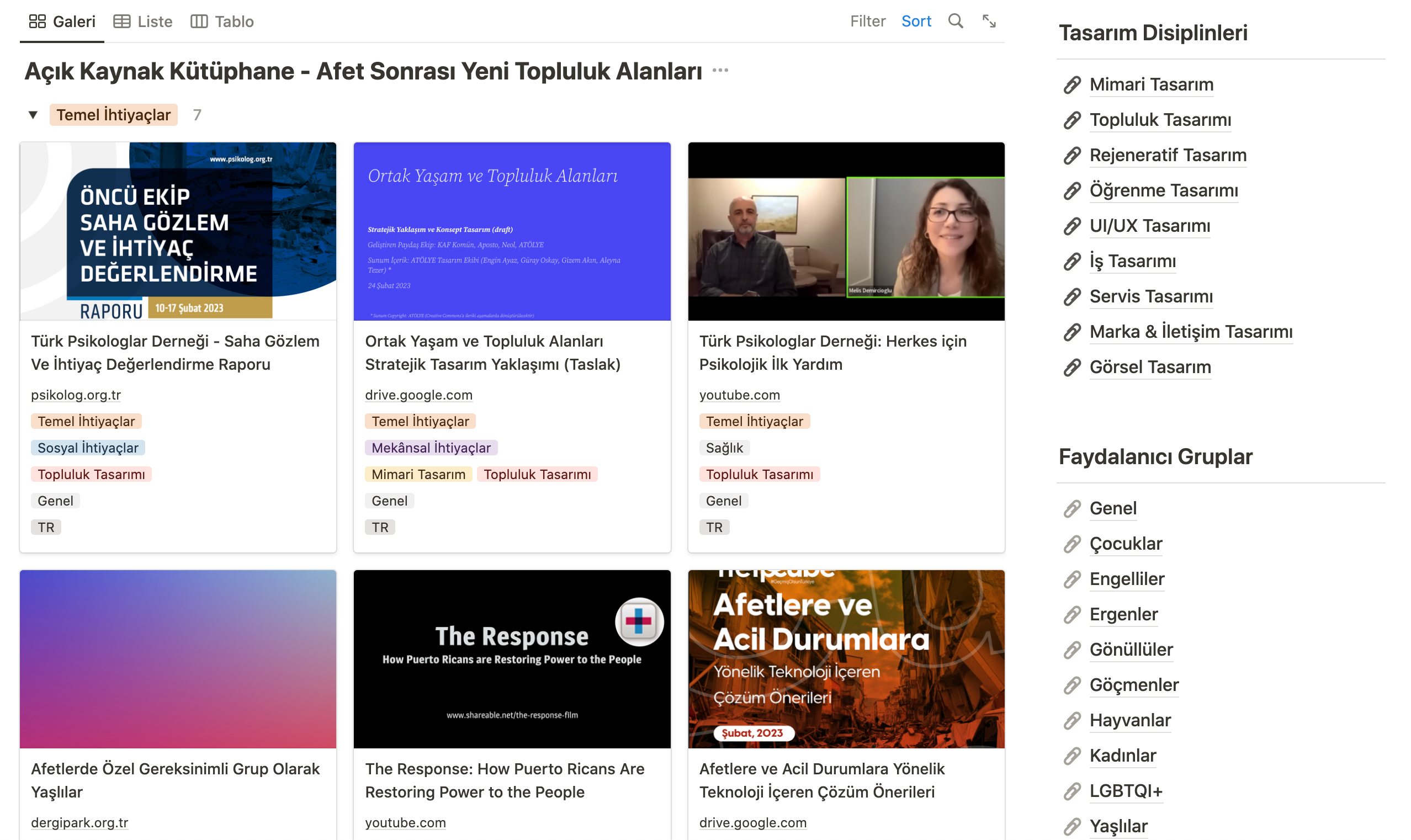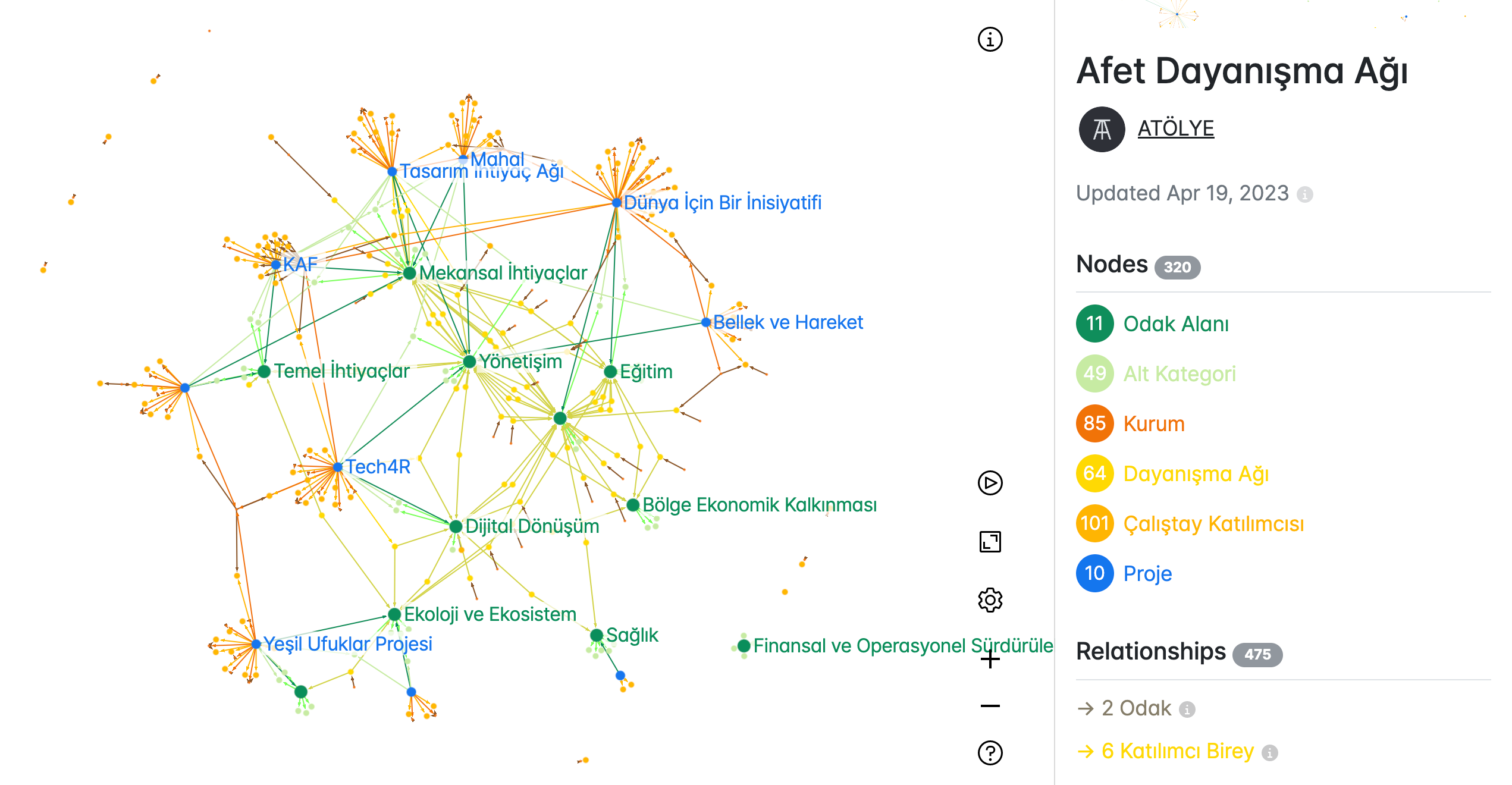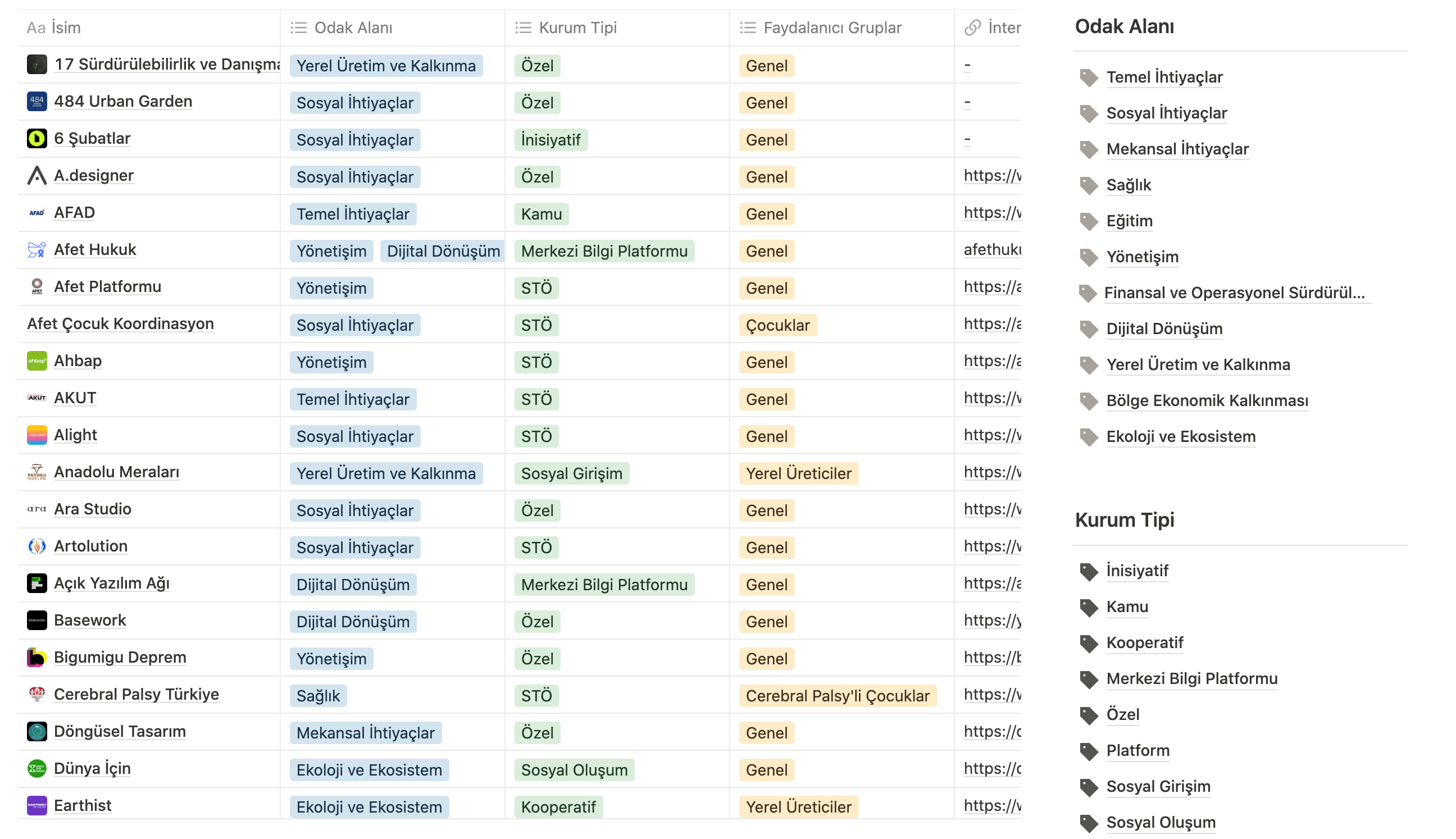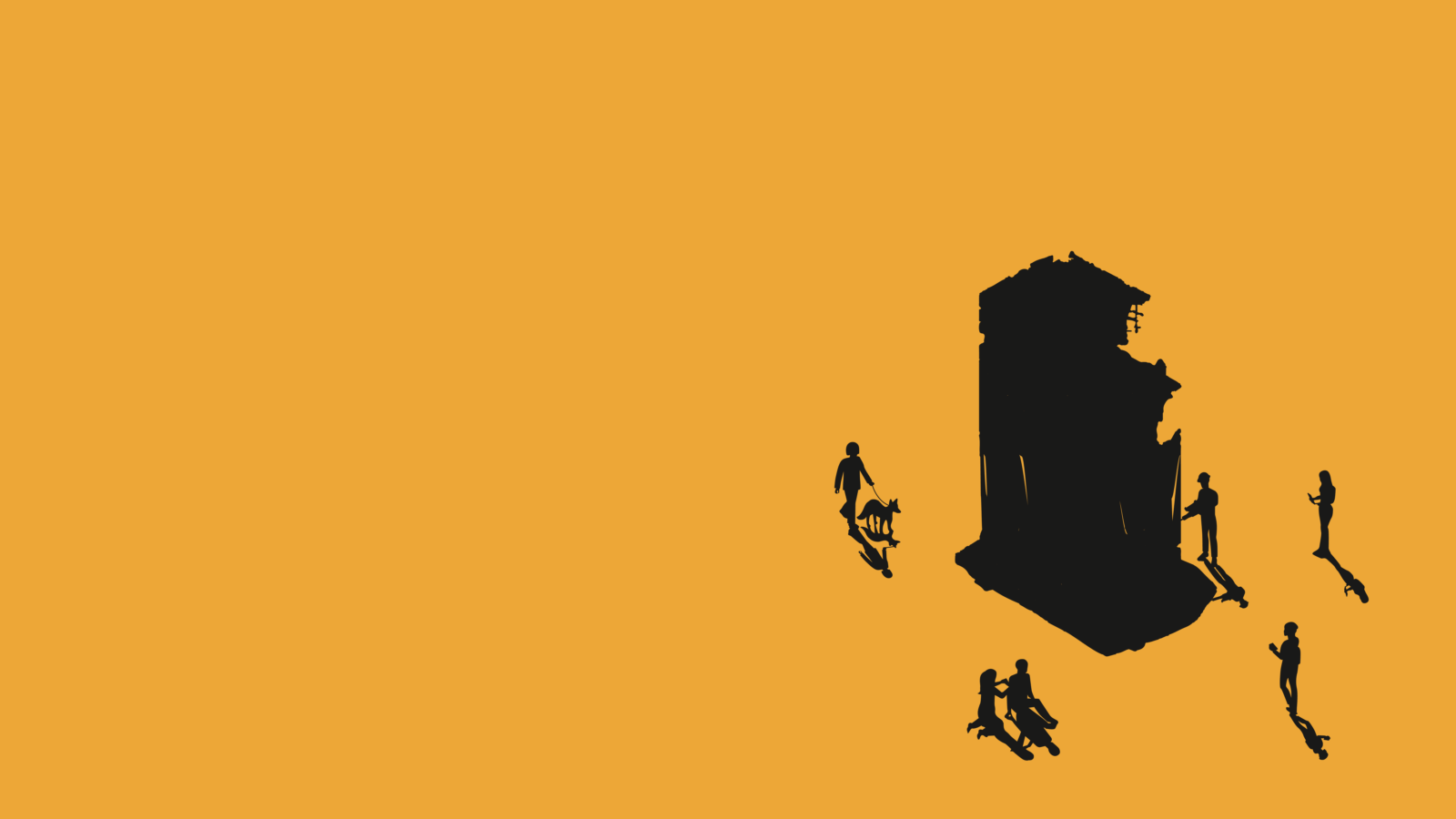Mobilising communities in the face of crisis
Published in ATÖLYE Insights · 17 min read · May 23, 2023
Taking on the role(s) of catalyser, connector, and facilitator
Author: Melissa Clissold Editor: Nikkole MojicaSummary (TL;DR)
- Mobilizing communities in the face of crisis is vital, particularly in country-wide situations where government response is lacking.
- Disaster preparedness and emergency response requires good coordination, communication, and compassionate approaches within civil society.
- The article discusses the concept of mobilization and why it matters, shares learnings, and provides a few tips for taking on the roles of being a "catalyst, connector, and facilitator" as well as what to do or not do if you are taking on these roles.
- The key takeaway is that if you are to take action, make sure it is informed and intentional.

Mobilising communities in the face of crisis is vital, particularly in country-wide situations where government response is lacking. Disaster preparedness and emergency response requires good coordination, communication, and compassionate approaches within civil society. This article will share some context on the experience we have gained regarding mobilising communities in crisis situations, discuss the concept of mobilisation and why it matters, share our learnings as well as provide a few tips for taking on the roles of being a "catalyser, connector and facilitator". If there's one key takeaway, in my humble opinion, it is:
"If you are to take action, make sure it is informed and intentional."
- Informed: Seek advice from various experts on the ground and fields of importance such as psychologists, sociologists, anthropologists, architects, city-planners etc.
- Intentional: Decide on a particular issue to focus on; have a goal and outcome in mind.
"In this day and age, all companies must be activist companies." - Uygar Özesmi, Good4Trust
Introduction
Almost two years ago, in collaboration with teyit.org and imece, ATÖLYE organised an "Emergency Response: Designathon" as a response to the wildfires that started and spread rapidly across several regions across Türkiye. During the first days of the global coronavirus pandemic, we came together with hundreds of organsiations and individuals for the "EUvsVirus Hackathon" in addition to organising "Hack The Crisis" to focus on creating solutions through collaboration and co-design. In the past, we also organised a "Clean Water Designathon", and have hosted the Global Goals Jam at our hubs every year, bringing together people to work towards achieving the Sustainable Development Goals.
What is our role as individuals and as organisations in helping support global society at large (through an inclusive and all-encompassing lens) for disaster preparedness as well as emergency disaster response?In cases where governments fail and cannot provide the support that is needed to respond to disasters and moments of crisis; ideally, a strong civil society exists in order to step in and take action where it is non-existent. Obviously, in an ideal situation, civilians should be able to coordinate and collaborate with government institutions to support as many people as possible in the least amount of time as possible. Whilst some governments may be willing to support whole-heartedly, others may not. Nevertheless, my belief is that we (as individuals and as organisations) must do our best if we are indeed to build a world where human beings thrive in harmony with other living beings and natural ecosystems that we are a part of. This is where we come to the concept of "mobilising communities", but before we move on to that, it's important to share a small note on how we react to crisis - because that can impact how we work together (and how compassionate, empathetic and understanding we might be towards one another within these times).
How we (re)act to crisis
When a crisis occurs, people react in different ways. We enter flight, fight or freeze mode. Our amygdala is overstimulated, and based on our entire life experience, our brain chooses how to react to the crisis. Two years ago, I co-wrote the article "The 11 Psychological Impacts of the Coronavirus", with Psychologist Dr. Çiğdem Yumbul, which provides a concise introduction to the differences of stress, trauma, and how we react to crises (on individual, organisational and societal settings). 11 key takeaways on the psychological impacts of the coronavirus In an organisational setting, it's incredibly important that in a moment of crisis, there is someone to own the process of communicating urgent decisions with the rest of the team. It's important to provide spaces for emotional release as well as spaces for action-oriented brains. All of this may not go smoothly—and that's ok. As long as someone can provide team-mates with spaces to voice their thoughts and feelings (in the form of emergency meetings, anonymous surveys, or Slack channels - which is what we did after the earthquake occured), then at a certain point you must give people the agency to make their own decisions and choices. This aspect of preparing for an emergency as a crisis and how to best go about it with your employees is an entire discussion on its own. So I'll leave it here for now as we move on to mobilisation.
The 5 W's and the How of Mobilisation
Usually, mobilisation begins when a few passionate people come together and decide to take action. In my opinion, it's as simple as that. Some people are more optimistic and believe in the potential for change ("I can create change"), or there are those that are more pessimistic and feel helpless about creating positive change ("What can but one person achieve?). Putting aside an important fact which is that some people may feel incapable of taking action (and that is completely ok!), it is vital that those who can mobilize quickly and efficiently. Now, let's look at a general overview surrounding the 5 W's and the How of mobilisation, in general:What?
Mobilisation is the act of bringing people together, usually with the purpose/intention of focusing on a single cause. Although the word "mobilisation" has its roots in a military context, I believe that repurposing it and reclaiming it towards a general definition is more empowering.Where?
Mobilisation can occur anywhere in both physical and digital realms: what is important is for a space to be provided for the pure intention of mobilisation; this can be more than one space and can span geographies.When?
Mobilisation can occur anywhere at any time. Usually, there is a call to action, a call to respond, and a reasoning behind the act of getting together that determines a specific date and time. However, this can also be planned or unplanned/spontaneous if the mobilisation is a response to a sudden crisis or problem.Who?
This is where things get interesting. Depending on the cause for mobilisation, there can be people from all walks of life or targeted groups of people or communities coming together to fight for a cause. For example, women mobilising for the Women's Day march on the 8th of March usually call out to other women to join the cause; but this does not mean that just women can support the cause and be a part of the mobilisation.Why?
Mobilisation takes place because we are stronger together. There is power in numbers.How?
Through a call to action, someone (or a group of people) saying: "Let's meet" or "Let's do/change something". Now that we've got the basics out of the way, let's look at the difference between organic and intentional mobilisation with a particular focus on disaster and crisis situations.
Organic vs Intentional Mobilisation (in Disaster & Crisis Situations)
Organic Mobilisation
We all have our own close circles, friendship groups, family members and work circles. The act of coming together, sharing information, and trying to support one another is only natural. If a huge crisis has occurred in your country, it is almost impossible to sit by and do nothing. These clusters of small groups sharing information on know-how, urgent needs and more are what I call organic mobilisation. No matter how important this form of mobilisation is, for country-wide disasters, we need more intentional and coordinated approaches to react to urgent and mid-long-term needs. "Organic mobilisation" is a start (and must not be underestimated). It can strengthen intentional actions and can often be the "trigger" needed to bring together people more intentionally.Intentional Mobilisation
Intentional mobilisation is the act of bringing together people, organisations and wider networks (communities) for an initially shared purpose or goal. With a crisis, an organisation must decide, "What is my role here?"; and in the hyper specific context of the earthquake in Türkiye, ATÖLYE, alongside Aposto, Neol and imece, decided to hold the roles of catalyzer, connecter and facilitator. We had done it before with the wildfires (albeit having to organise the event online due to covid restrictions), so we could do it again - and we would try to avoid our past mistakes. All we knew was, we needed to act fast whilst remaining informed and intentional.
Being a "Catalyser, Connector, Facilitator"
After the earthquake, many of us had already taken action within our organisation and as individuals. However, we knew that if we got the right people and organisations in the same room, we could avoid repetitive work, and undermining all of our efforts, to actually be able to provide very specific support to those that needed it. Immediately, in the second week of February, we put together a core team of people from across our organisations and set to work to bring others together with the intention of "providing a safe space to be in, to share ideas, as well as provide opportunities for people to network". We believed this approach could lead to much-needed coordination amongst a civil society in desperate need of action. By combining the superpowers of the people within our core team (and their extended network), we were able to come up with an agenda, a communications and engagement plan, and a framework to provide to people before they were to arrive on February 25–26th at ATÖLYE's Istanbul Hub. This included creating an open source of resources that people could access, a rough network map of those who would be attending, as well as a sample project that we had worked on together, which focused on creating makeshift community hubs "Mahal's" in earthquake regions inspired by the Kaf Kolektif. As catalysers, we were the "spark" or the "cog" that got the wheel turning. We hoped that our desire for collaborative action would inspire others to want to join us. Catalysers do not necessarily lead the initiatives they inspire or control their outcomes. Instead, they spark activity and engagement, leaving room for others to step in, contribute, and drive the initiatives forward. As connectors, once we had brought people together in the same space, we were able to bring certain individuals together since we had a clear understanding of their backgrounds, projects and interests. Just by being together in the space, we were able to provide the opportunity for people to network. Connectors are able to leverage networks to bring together diverse stakeholders, find resources, or share information effectively. As facilitators, we were the ones that set the agenda and created a safe and "brave space" by providing a structure within an incredibly dense and emotional context. By having three facilitators take the reigns on the 2-day workshop, people (and groups that were formed) could work together to produce a road map. (To find out more about facilitation, please check our recent article on it here.) Essentially, 9 different projects came out of the workshop. They can be read in detail in the following articles:- Post-Disaster Common Living and Community Areas: Vol 1
- Post-Disaster Common Living and Community Areas: Vol 2
- Post-Disaster Common Living and Community Areas: Vol 3
Learnings for the future:
Throughout the process of organising workshops, designathons, or hackathons (moments of bringing people together), we have learned a lot about what works best and what doesn't. We still haven't cracked the code, but there are definitely some steps that (at least I believe) are crucial for mobilisation to yield effective results and change. With that said, we'd like to share some learnings with you in the form of Do's and Don'ts. Afterward, we'll share with you some of our next steps and information on how you might be able to support us.Do:
- Manage expectations: If you are indeed bringing hundreds of people together, making sure you express your intentions and communicate them is vital. If there is a risk that things may go wrong, then be transparent about this. Be aware that in crisis situations, many people will be in varying emotional states. Be prepared to handle difficult situations - and if you can't, step aside and pass the baton to someone who can.
- Over-communicate: Especially in crisis situations, a lot can be lost in translation. Make sure you are over-communicating with the people that you are working with. Having a written summary of notes is always a good idea in order to avoid problems down the road. Of course, extensive notes are sometimes impossible during crisis situations. If someone is away from the crisis, they can opt-in to support with note-taking, coordination and more.
- Seek advice from professionals in the fields of psychology, anthropology and sociology (depending on the issue you are focusing on). One of the worst things you can do is provide a perspective when you aren't actually trained or well-versed to do so. Savior complex (also known as messiah complex or white knight syndrome) is not a good look on anyone. If you are mobilising on the ground (in crisis zones) or far away (for coordination) it is best if you work together who have experience or who have been educated in relevant fields.
- Follow-up: If you organise any workshop/event with people, then one of the worst things you can do is leave them in the dark. You don't want people to ask the question, "So what?" or say "We got together, but nothing came of it." Make sure you have someone to take on the role of following up on action points. Of course, the energy and dynamics can't always remain the same (sadly, life has to go on in one shape or form), but especially for post-disaster situations, the first few days and weeks need a plan.
- Ask for feedback: Ask workshop goers to provide feedback on what went well and what could have gone better. Refer back to this.
- Clearly define roles: Define roles within your core team (which may be difficult within a crisis situation), but most importantly, define who will be the final decision maker and for what work stream.
- Open up spaces (physically) if you have the ability and capability for people to come together: If you open up your physical space to the people and communities you have mobilized, then there is a real opportunity for progress to take place. Since the workshop we organised on February 6th, we have opened up our space to anyone who joins our "Post-Disaster Solidarity Network" which has led to projects taking on a life of their own.
Don't:
- Over design: Too much on the agenda or over-designing activities can confuse people. Remember, people in crisis situations are often vulnerable and emotional; try to approach the workshop from a viewpoint of compassion and empathy. Leave room for open spaces.
- Take things personally: If people yell at you or express anger for no reason, try not to take it personally. As someone who has experienced this first hand, it may not be easy to hold it together - which is also ok. Remember to breathe, and remember that people suffer in different ways and sadly take it out on others (even if they might not intend to). This does not justify their actions, and if someone is indeed being incredibly disruptive, then it may be an idea to ask them to take a moment.
- Forget to take time for yourself: Make sure that you are taking care of yourself. Of course, your reaction may be to work as much as possible (because you may also be experiencing "second-hand trauma) however, if you do not take care of yourself, then you risk being unhelpful to both yourself and others.
What's next? (How can you support?)
Almost four months have passed since the earthquake(s); however, there are still a lot of needs on the ground that aren't being met. We need to ensure systems we build now, the relationships we form, the networks we grow, and the larger "Post-Disaster Solidarity Network" will be able to come together during the next crisis. Because sadly, this won't be the last one.Our next steps:
- Strengthen our ties further with the CSOs, NGOs, and INGOs we have met and worked with. We'll volunteer and use design as a way for capacity building and support them with communications or event management based on their needs.
- Support the individuals that joined our workshop to connect them to the right organisations or communities.
- Continue supporting the post-earthquake projects that came to life during our event.
Become a volunteer in various projects:
Some of the projects that came about during the post-earthquake workshop such as Tech 4 Relief, still need volunteers to support ongoing projects. To volunteer, please fill out this form.Join our Solidarity Network:
Fill out this form if you'd like to join the Solidarity Network (Note: It is in Turkish so feel free to email if you can't use automatic translation via a browser).For further details, please contact me at melissa@atolye.io.
Resources
- The Art of Activism Workbook
- What is Community Mobilization and how does it work?
- The European network on cultural management and policy: Cultural management and policy in a postdigital world - navigating uncertainty
- ATÖLYE People & Planet: Blog Post on our Emergency Designathon
A special thank you to everyone from the ATÖLYE, Aposto, Neol and imece teams and community for helping with the organisation of the "Post-Disaster Workshop" that took part between the dates of 25–26th at ATÖYE's Istanbul Hub as well as the community-activation strategies that took place afterwards: Aslı Işıldar (@isildar), Aslı Sevinç, Atalay Akpınar, Atılım Şahin, Batuhan Atılgan, Büşra Serdar, Cemre Zekiroğlu, Çağla Diriker, Danielle Shingleton, Ecem Çınar, Emre Erbirer, Engin Ayaz, Eray Erdoğan, Gizem Akın, Güray Oskay, Kerimcan Maltepe, Orhun Canca, Sinem Uğurdağ. (My sincere apology if I have missed out any names.) Furthermore, a special thanks to Kaf Kolektif for providing inspiration for our Mahal project. Finally, thank you to everyone who joined us during the workshop and everyone who joined our Solidarity Network afterwards.
